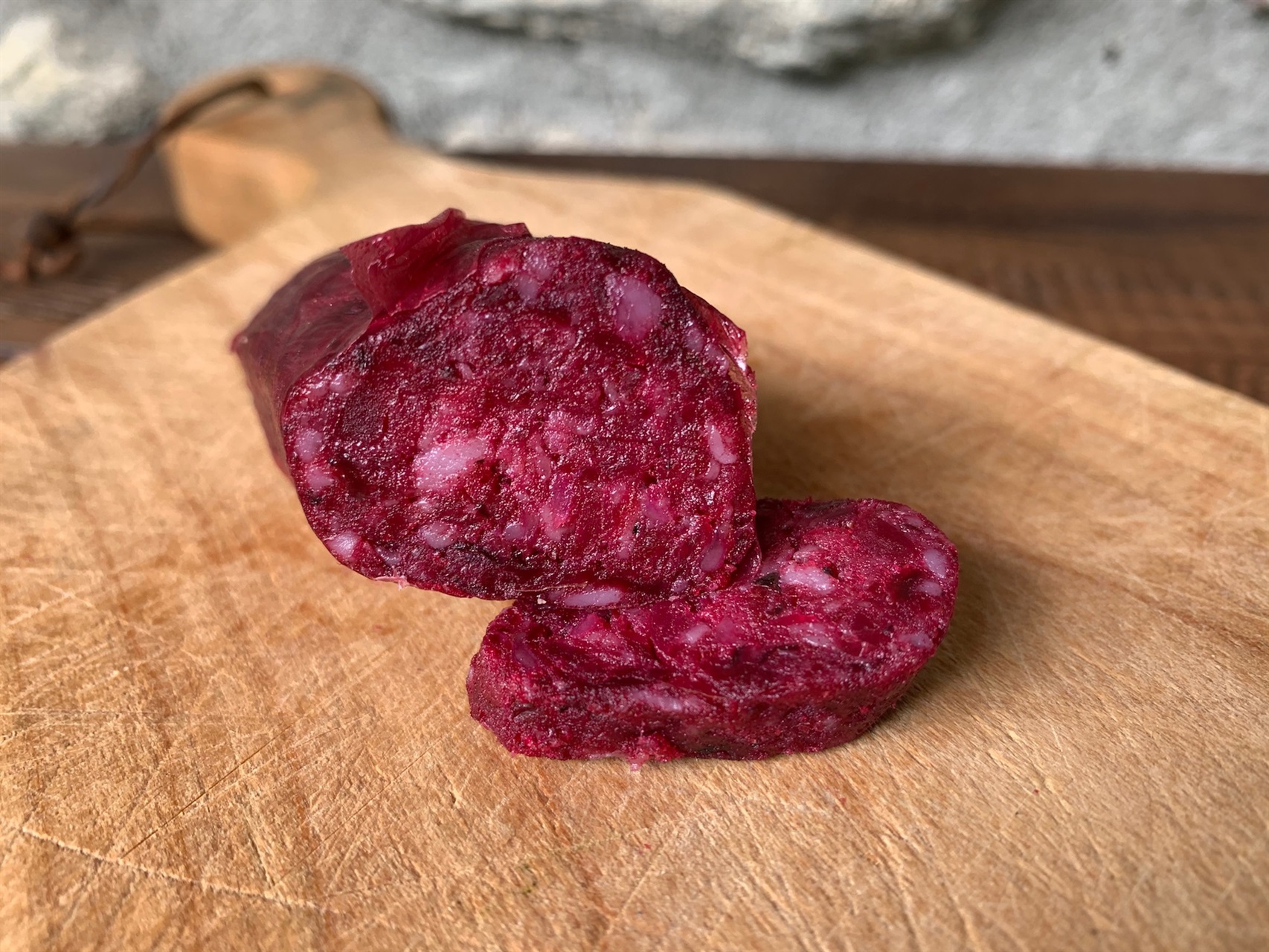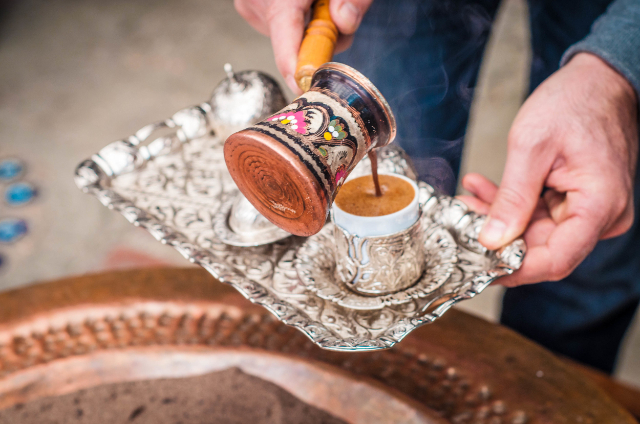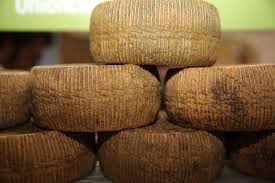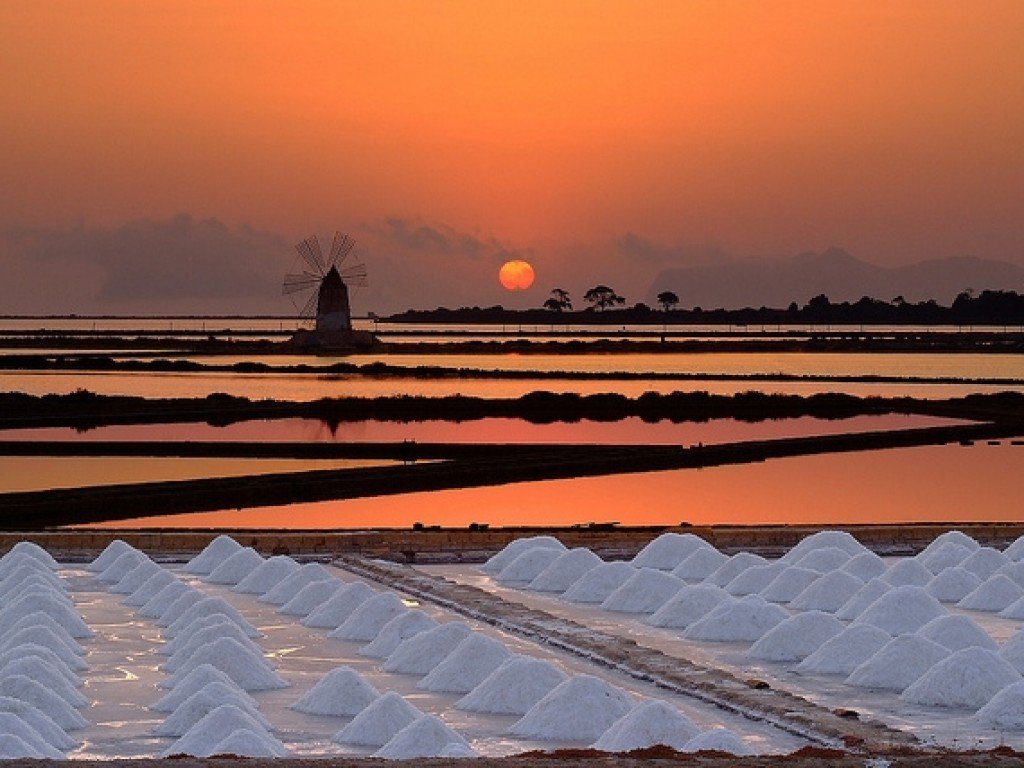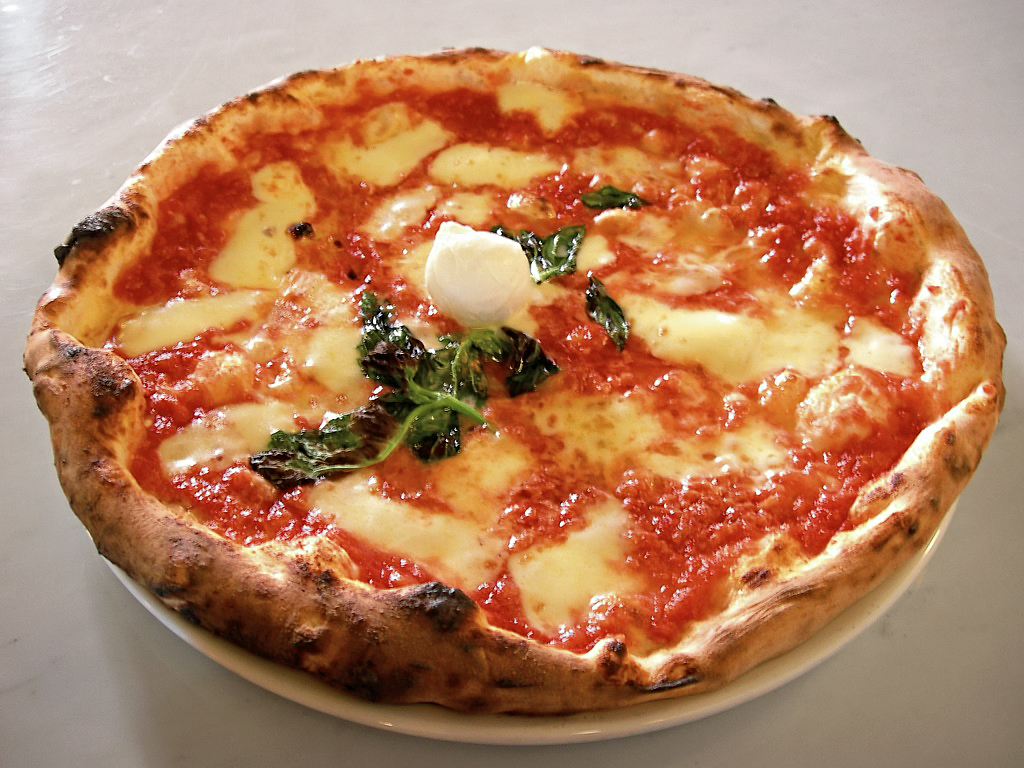The boudin is one of the great classics of the tradition of Valle d’Aosta and still today it is prepared scrupulously observing the ancient recipes handed down from generation to generation.
This particular sausage is made from boiled potatoes, peeled by hand and left to cool, to which cubes of lard, red beetroot (an excellent natural preservative), spices, natural flavourings, wine and bovine or porcine blood are added. The mixture is stuffed into thin natural casings, first tied by hand, then hung up to dry for a couple of weeks. The potatoes recommended by experts, such as the two producers Remo and Ivo, are the small ones from Valle d’Aosta, red on the outside and yellow inside, floury at the right point (also perfect fried). Then you can distinguish three types according to the valley in which you are: the first boudin is that of Media Valle, the most traditional and characteristic, to which pig’s blood is added; then there is that of Bassa Valle, the so-called salampatata or potato salami, to which only a small ladleful of blood is added for 20 kilos of mixture, which in fact is the pinkest of all; finally, there is that of Alta Valle, towards Mont Blanc, where the blood (which was banned for a period of time, particularly during the mad cow scandal) is substituted by beetroot, which in some areas is called "red carrot", an imperfect translation from patois. Unlike the others, this boudin is more digestible and sweeter, which is why it is the version that is usually more popular. But it is no coincidence that boudin in French means "black pudding".
Once considered a poor man’s food, today it is one of the characteristic foods of the tables in Valle d’Aosta. Excellent as a cold starter, it can be served boiled, combined with red mountain potatoes; alternatively, baked in the oven for about fifteen minutes, when it is still fresh, it becomes a real delight even for the most refined palates.
